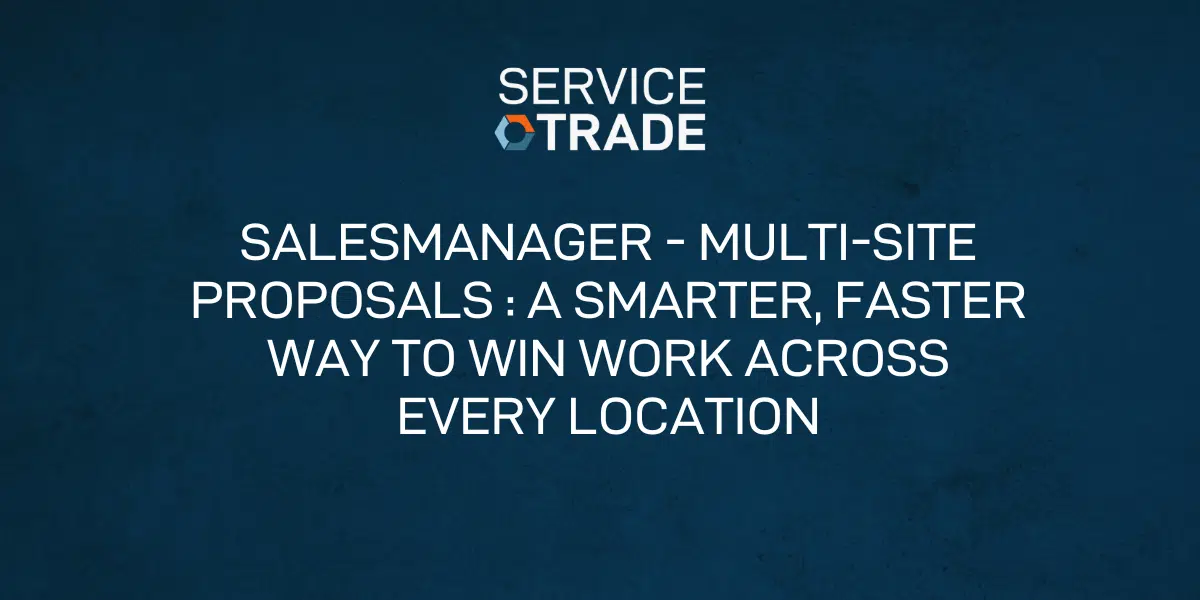Uber is better than your techs…for parts delivery.
Since the writing of this blog post, UberRush shut down. However, a local courier will make a great alternative.
Do you charge customers for time spent driving to and from the parts house or warehouse? You shouldn’t. Before you get defensive, hear me out. If your parts house could quickly deliver parts directly to your technicians in the field at a reasonable price, you could charge the customer less and make more profit. Cheap delivery is available now thanks to Uber’s new(ish) on-demand local delivery service, UberRush. How does this result in lower prices and more profit? Let’s run the numbers.
![]()
Let’s look at how you currently charge the customer for a small repair that requires a trip to the warehouse or parts house. Let’s assume that you use a $500 part and 4 hours of labor plus an additional hour of driving the 15 miles to and from the parts house. If you mark up the part at 80%, your invoice might look something like this:
| Parts | $900 |
| Labor (5hrs @ $115) | $575 |
| Total | $1475 |
Assuming that you have a low margin on labor (around $10), which is common for parts-heavy service contractors like mechanical companies, and have an average cost of $.50 per mile for travel, you are looking at a margin of $435 or 29.4%
On the other hand, if your parts house or warehouse used UberRush, parts would be delivered directly to your technician in the field. In this case, that would save an hour of drive time. Additionally, It’s easy to justify passing on and even marking up the delivery fee if you show the customer that you are saving them money:
| Parts | $900 |
| Delivery Fee | $73 |
| Labor (4hrs @ $115) | $460 |
| Total | $1433 |
The cost of the delivery fee is $40.50 for a 15 mile trip in New York City based on the current UberRush pricing. Marking that fee up the by the same 80% as our parts yields the $73 price above. All told, the new margin is $470.50 or 32.8%.
The margin increase and savings for the customer are great, but there are two bigger wins this process offers. First, your tech now has an extra hour in his day to perform work for another customer. In the provided scenario, that extra hour could allow for another job to be completed that day. On a broader scale, this could mean an extra job or two per week per tech. The implications for your company’s revenue and bottom line are substantial.
At a high level, adopting technology like UberRush is further ammunition to explain to your prospects and customers why you are different. As I explained in my recent blog post, Beat your low price competitor, Chuck, whenever you can show the customer how you use technology to work smarter in order to avoid using scarce labor resources for their and your benefit, you will have a differentiating sales advantage.
Unfortunately, UberRush is only available in New York, San Francisco, and Chicago, but I suspect it will arrive in new cities quickly as they expand their other local on-demand delivery service, UberEats. If you want an email alert when it’s available in your city, you can use this Google Alert. Be sure to change “Raleigh” to your city’s name.

STOP TYPING. Start Scanning. Technicians have always done whatever it takes to get the job done, but manual asset entry has never been the part they enjoy. Between faded serial plates, tiny lettering, and tight schedules, capturing equipment details by hand slowed everyone down. And when the data wasn’t complete or accurate, the office was […]
You’ve invested in software. You’ve digitized processes. You’ve built dashboards. Yet somehow, your team still asks, “Whose numbers are right?” You’re not alone. Many commercial service contractors invest heavily in data tools only to see minimal ROI. The problem usually isn’t the technology—it’s one of these five critical failures. Failure #1: Skipping Stages The mistake: […]